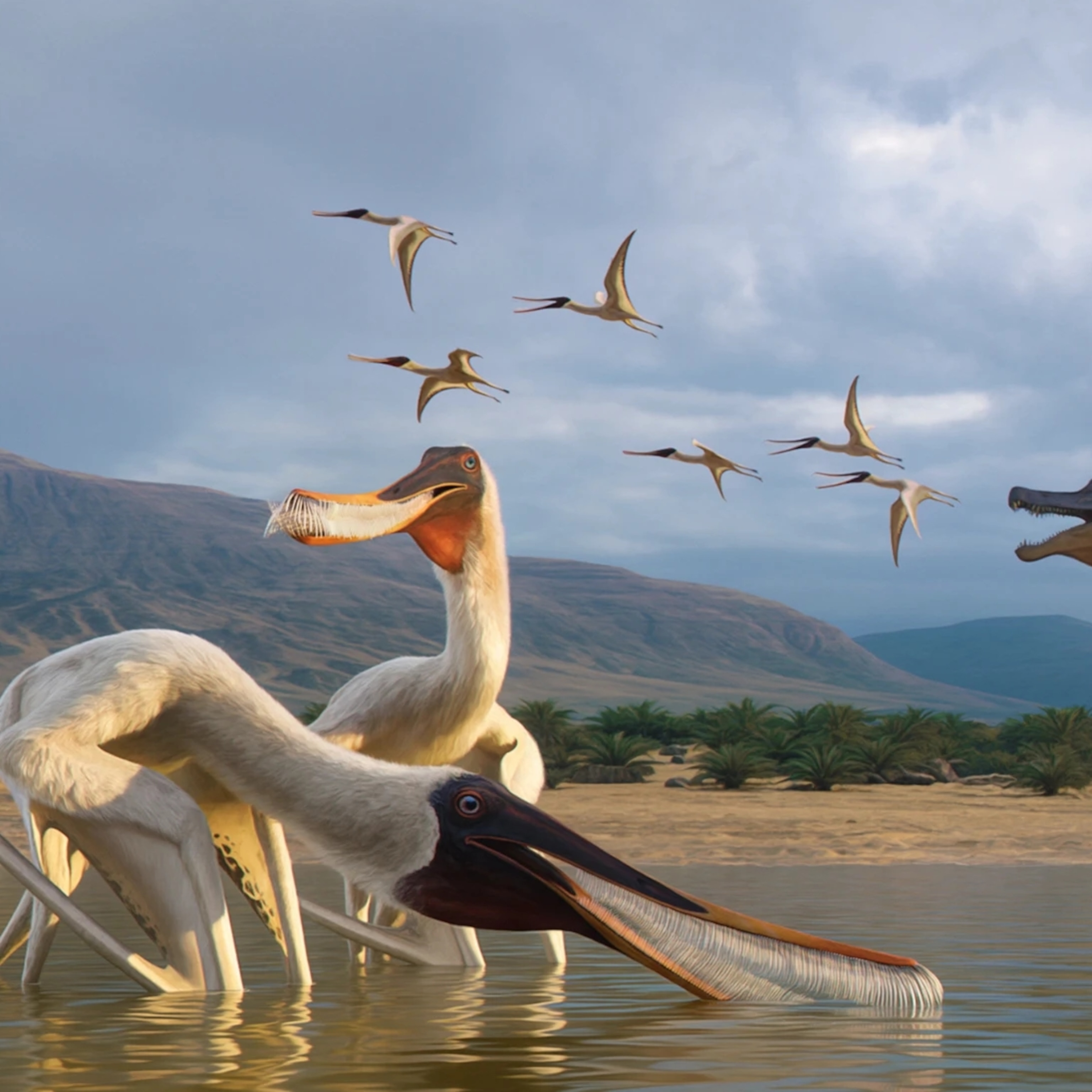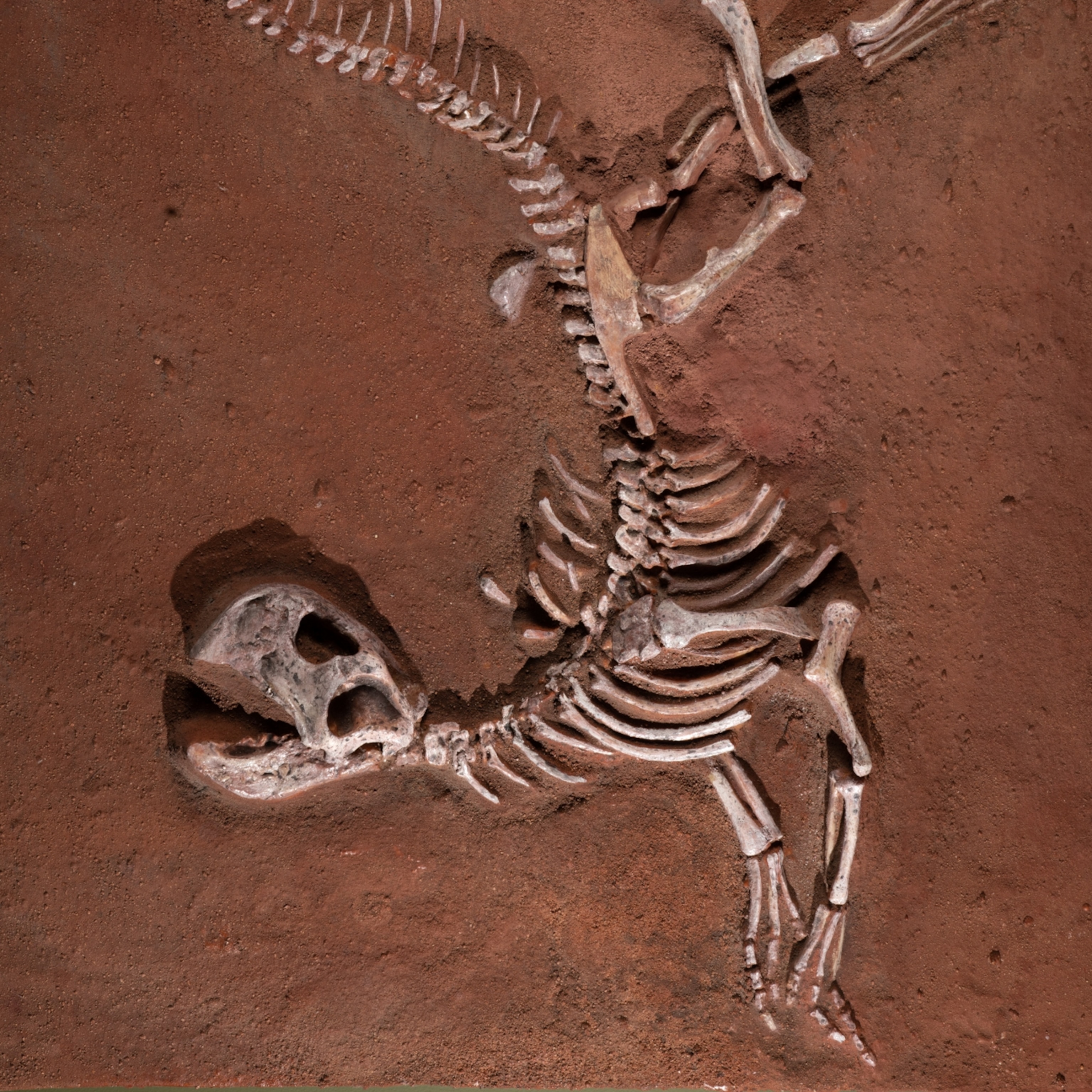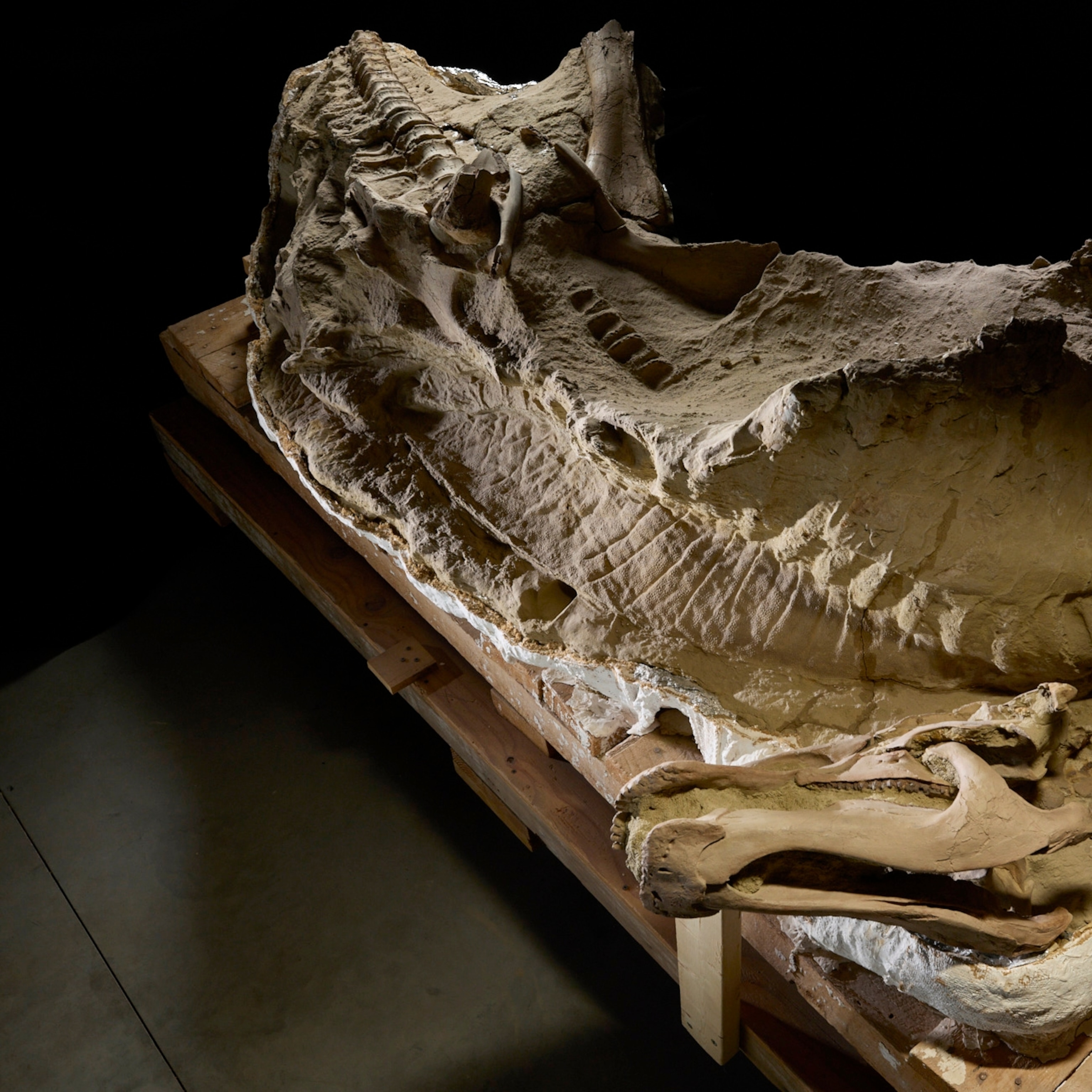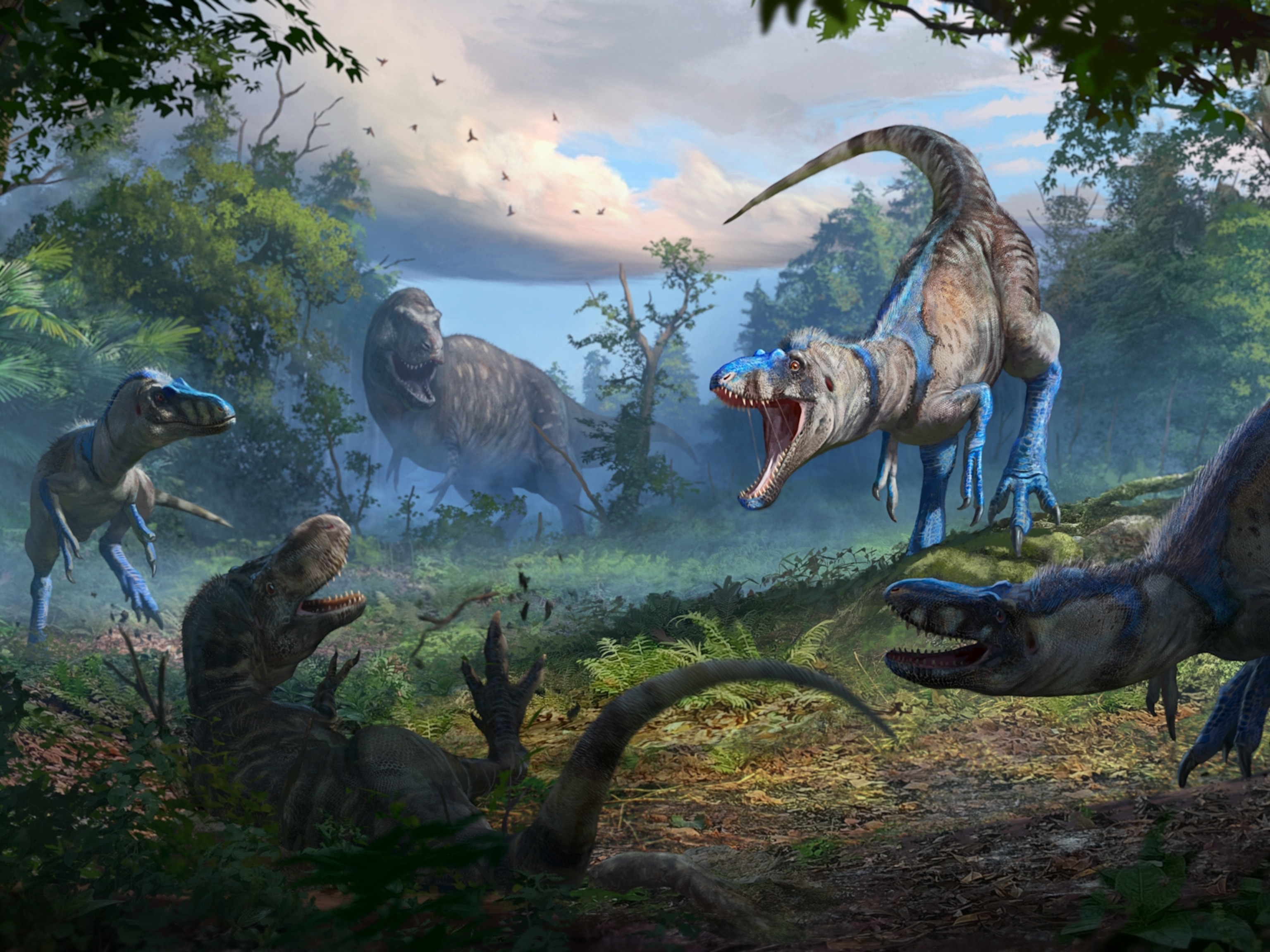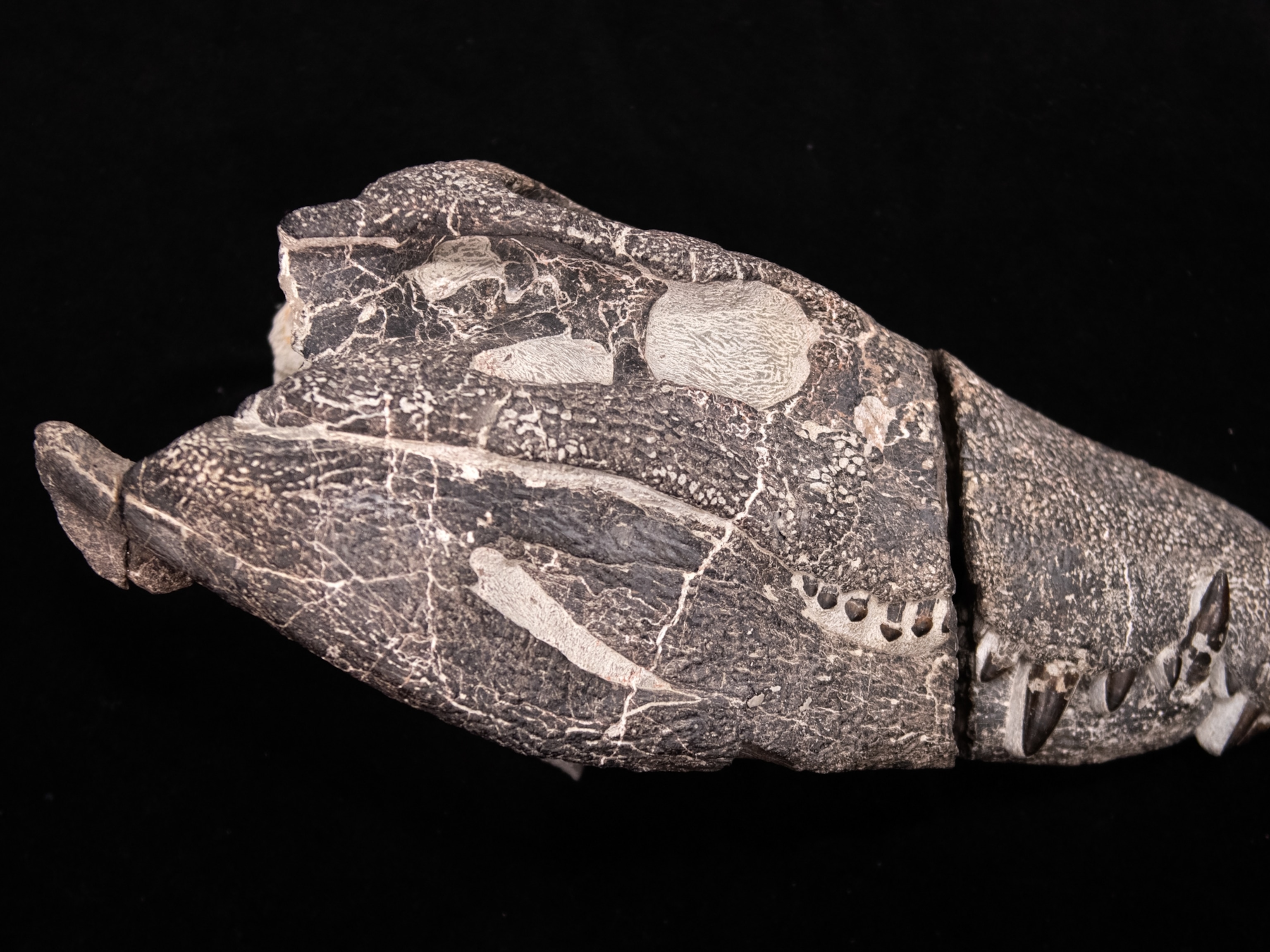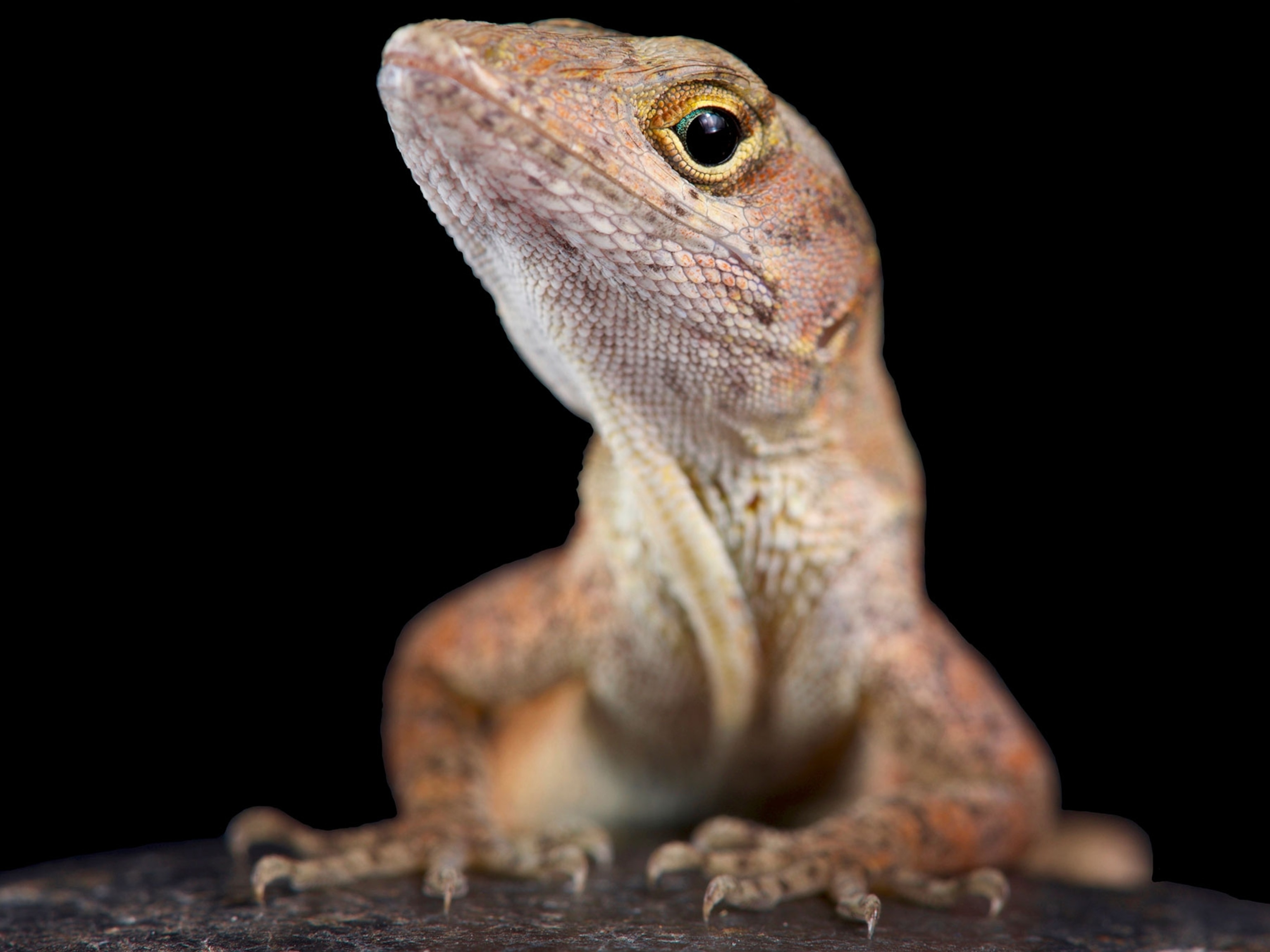Colorful, Venomous Lizard Is Declining Due to Climate Change
This symbol of the Southwest already lives at its limits in terms of water, while development is also taking a toll.
One of only two venomous lizards in the world, the Gila monster (pronounced HEE-luh) remains an enduring symbol of the Southwest U.S. But these charismatic animals are in trouble, scientists warn, due to climate change.
Reaching a length of up to two feet (0.6 meters) and a weight of five pounds (2.3 kilograms), the Gila monster (Heloderma suspectum) is the biggest lizard native to the U.S. But it's largely nocturnal and secretive, so sightings are fairly rare. Their black bodies are covered with bold, distinctive patterns of orange, yellow, or even pink—warning signs of their toxic venom. Bites from the lizards can be extremely painful but are rarely fatal to people.
The name Gila monster comes from Arizona's Gila River Basin, where the lizards were first discovered. But new research suggests the iconic animals are facing new threats, from development and a changing climate in their natural habitat. Officially, the animals are classified as near threatened, but their status could soon change for the worse, scientists warn. (Learn about the discovery of a new giant lizard.)
According to the International Union for the Conservation of Nature, the species "is probably in significant decline... thus making the species close to qualifying for vulnerable" status.
To learn more about this animal we spoke with Dale DeNardo, a professor of biology and veterinarian at Arizona State University. DeNardo has spent more than a decade studying Gila monsters in the field.
How many Gila monsters are there now?
Nobody knows. People have tried making estimates, but those range all over the map [IUCN estimates there are several thousand adults]. They spend most of the day underground and come out mostly at night, so they are very hard to count. It can take years to get an idea of their density in any given spot.
How are they faring?
I'm not saying they'll go extinct, but there could be a big contraction of their numbers and range in the near future. The biggest threat to them is the rapid expansion of development in the Southwest. We are especially developing upland areas, around cities like Tucson and Phoenix, and that is their prime habitat. People like living in those areas for the views and so they can be around trees and Saguaro cactus, instead of creosote bush in the lowlands.
The combination of more people moving into those areas and a changing climate are likely going to be a big problem for Gila monsters. (Read about the lizard that grew three tails.)
How would a changing climate impact Gila monsters specifically?
Most climate models predict that the Southwest will see a rise in average temperatures of three to five degrees Celsius over the next 80 years or so. That increase in temperature itself won't necessarily affect Gila monsters, because they are mostly active at night, and they'll still be fine with temperatures then.
But right now they are already near their physical limits in terms of being able to keep enough water in their tissues. That's the reason why Gila monsters are currently only found in the Sonoran Desert, and not in the Mojave Desert. The Sonoran has a summer monsoon season that starts in the latter half of July or early August. But the Mohave doesn't get water until September or October, and Gila monsters can't wait that long after spring rains.
Does that mean Gila monsters are less adapted to dryness than other desert animals?
Scientists used to think that Gila monsters shouldn't be able to survive in the Sonoran Desert, but clearly they have, and for a long time. We've done work that shows that how they do it is by using their urinary bladder as a canteen. That's very unusual; we don't know of any other lizards that do that. Desert tortoises and frogs do that.
In the lab, we have shown that Gila monsters can go about 81 days with a full bladder, before they start getting lethargic. With an empty bladder they can only go about 32 days. That 81 days is right in line with the time between the spring rains and the summer monsoon in the Sonoran Desert. If you extend that period because of climate change, they may not be able to survive.
The lizards can't get water through their food?
Most small lizards are insectivores, which often eat every day. They do seem to get enough water from their food. Some mammals do that too, such as the kangaroo rat, which gets enough water from its food and even makes water as a byproduct of its metabolism. But Gila monsters only eat the contents of nests, from other reptiles, birds, and small mammals.
The time for nests is mostly in the spring, and even when they eat they don't seem to get any water from it. That may be because they can eat an enormous amount of food at one time, which then takes water to break down.
And do they lose water through their skin?
All reptiles lose water through their skin, and it turns out that Gila monsters have skin that is leakier than most desert reptiles. The downside of storing water in the bladder is that it also slows them down, because it's like carrying a big tank of water. That's why they have a means of avoiding predation that doesn't involve running away: their venom. You don't want to get bit by one; it's an extremely painful bite. (Read about the corpse bride lizard.)
Are the precipitation rates in the Southwest expected to change?
Modeling precipitation is difficult, but most of the models predict more variable spring rains (from more drought to heavy dumps), as well as movement of the summer monsoons to later in the year, into August or even September. So if you are in a year with a dry spring and a late monsoon, it's going to be too long for Gila monsters to survive without being able to drink.
Gila monsters live for over 20 years, but they take four to five years to get to maturity, so a few bad years can really decrease their population quickly.
Is there anything people can do to mitigate that?
Nationally, we can work to control carbon emissions. More locally, we can make sure to set aside habitat in upland areas for them, where there is typically more rainfall.
It's not just Gila monsters that are threatened. Predictions say some small birds will have trouble surviving in the Southwest if it gets hotter and drier.
What is your favorite thing about Gila monsters?
They are anything but a typical lizard. Unlike most lizards, they come out at night, they have a water reserve like a tortoise, and they eat infrequently like a snake. They mix those attributes into something that works. It's a fun puzzle to try to put together.
I've seen a few thousand of them, but every time I see one I am like a kid again. I am excited just to see the animal.

